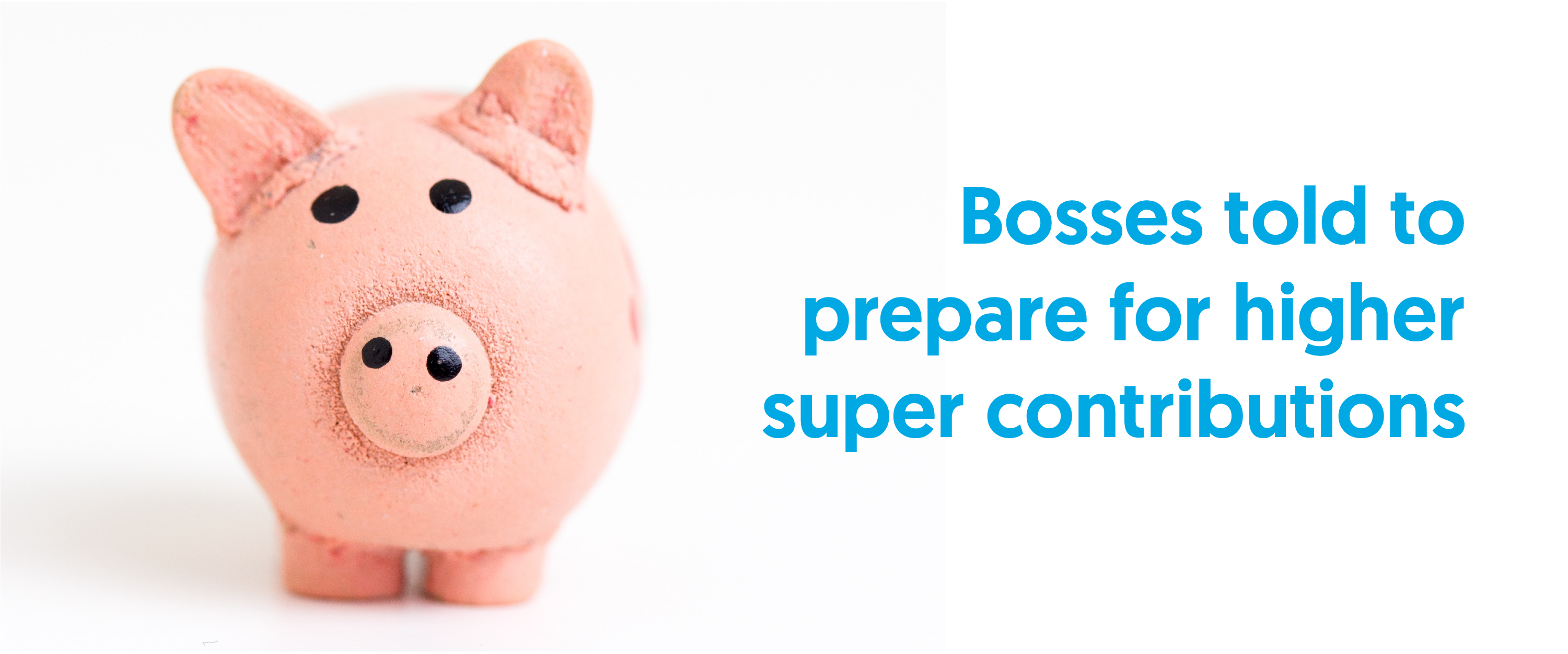
Businesses will need to prepare for increases in contributions to employee superannuation, which will take effect from July 1,the start of the financial year.
The super guarantee (SG) rate will move from 10% to 10.5%.
Every employee now qualifies for a contribution regardless of how much they earn, following the removal of a $450 per month eligibility threshold.
However, employers do not need to contribute super for staff aged under 18 working less than 30 hours in a week.
In highlighting the changes for the next financial year, the Australian Taxation Office (ATO) said the super guarantee was legislated to increase to 12% by 2025.
It clarified for employers how to handle payments for work carried out on either side of the July 1 date for the super contribution increase.
“You’ll need to use the new rates to calculate super on payments you make to employees on or after July 1, even if some or all of the pay period is for work before July 1,” the ATO said in a statement.
“Make sure you update your payroll and accounting systems so you continue to pay the right amount of super for your employees.”
The ATO also listed several common issues that result in payment errors or the failure to make timely super contributions.
Its tips to resolve or avoid any of the issues include:
- Identify all employees eligible for super contributions.
- Determine the amount of super that needs to be contributed for each staff member.
- Select a super fund into which employers will pay super for their workers, or offer a choice of super funds to workers.
- Provide the relevant Tax File Numbers to the workers’ fund of choice.
- Select a default fund if any staff have not given details of the fund of their choice.
- Pay and report electronically.
- Pay by each quarterly deadline to avoid a super guarantee charge.
- Retain records in English of all super contributions to workers for five years.
